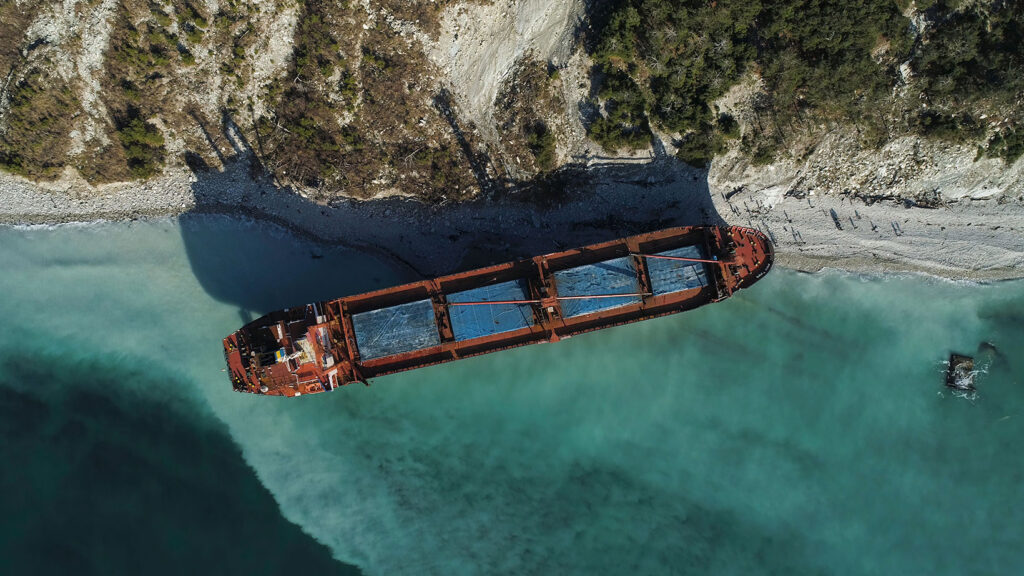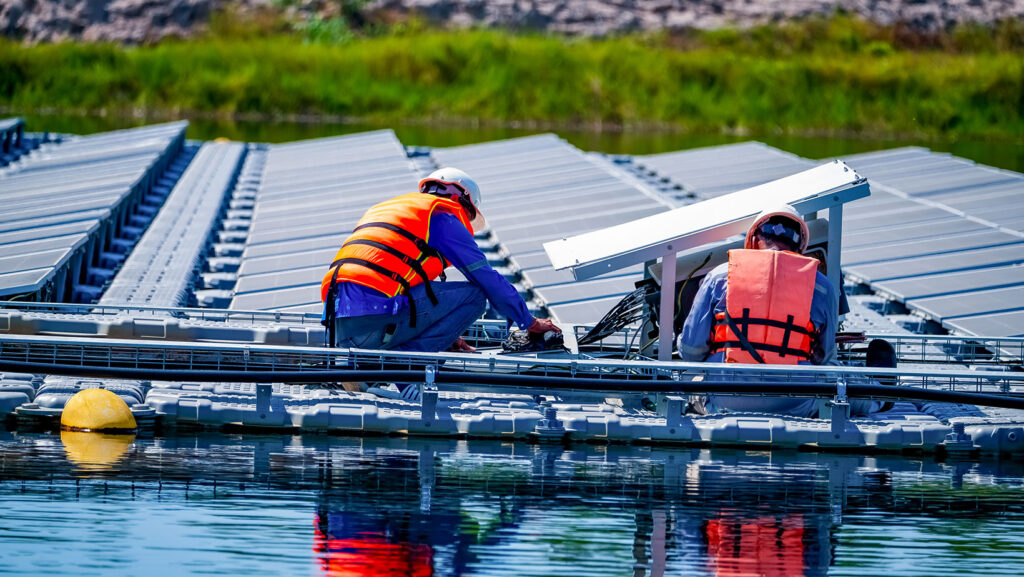For barge company owners and leaders in the maritime industry, staying informed about the forces shaping the sector is vital to navigating challenges and seizing opportunities. This year brought significant events and trends that have already begun influencing the future of barge transport. Here’s a look back at the stories that defined 2024 and why they matter for your business.

1. Drought’s Ongoing Impact on Waterways
Throughout 2024, the Midwest drought has continued to disrupt water levels on key waterways like the Mississippi. According to the U.S. Drought Monitor, 17% of the area within Missouri River Basin states faced drought conditions, with the most severe cases in Kansas and Montana. While water levels remain above last year’s historic lows, the situation highlights the volatility of critical shipping routes due to extreme weather events.
For barge operators, the impact is clear: reduced draft means smaller loads, tighter capacity, and increased rates. The changes in the supply-demand equation has led to substantial rate hikes, with barge freight between Minneapolis-St. Paul and St. Louis at one point reaching $34.15 per ton, a 19% increase in just one week. The St. Louis area saw rates climb 17% to $24.62 per ton. These rate fluctuations, coupled with traffic jams during peak grain shipping seasons, have made managing logistics and costs more challenging.
Barge companies can mitigate associated risk by investing in technologies that optimize load planning and by taking advantage of predictive analytics to better manage operations in the face of unpredictable weather. Diversifying shipping routes and maintaining close communication with shippers can also help mitigate disruptions.

2. Barge Breakaways Make Headlines
The high-profile breakaway incident in April, where 26 barges detached on the Ohio River, was a wake-up call for the industry. The event caused damage to a bridge and marina, underscoring the risks that barge companies face when moorings fail. With the potential for significant liability, barge breakaways are one of the most pressing operational risks for barge owners.
Preventing these incidents starts with understanding the root causes, such as inadequate maintenance or insufficient mooring practices. Barge companies should prioritize routine inspections, invest in stronger mooring technology, and train crews on best practices for securing vessels. Being proactive about maintenance and having contingency plans in place can help avoid costly breakaway incidents and the legal complications that follow.

3. Sustainability Remains Top of Mind
Sustainability remained a critical trend for the maritime industry in 2024, and barge companies have a unique opportunity to lead the way. While many industry proponents cite the lower carbon footprint of barges compared to rail or truck transport, there is still debate. Some environmentalists question the environmental impact of barge traffic through locks and dams, wondering if the emissions associated with these operations could undermine perceived benefits.
For barge companies looking to stay ahead of regulatory pressures and market demands, investing in electric and hybrid propulsion systems is a smart move. Electrification not only helps reduce emissions but also brings cost-saving benefits by lowering fuel expenses and maintenance requirements. Transitioning to cleaner technology can position barge operators as leaders in sustainable shipping, attracting environmentally conscious customers and opening doors to partnerships with companies committed to green logistics.

4. A Spotlight on Intermodal Shipping
The Baltimore bridge crash, involving an ocean-going vessel, served as a stark reminder of the interconnected nature of the transportation industry. For barge operators, this incident highlighted how disruptions in one area can cascade across the logistics chain, affecting cargo flows and transport schedules. When infrastructure issues arise, barge companies that offer intermodal capabilities—where cargo is transferred seamlessly between ships, rail, and road—have a competitive advantage.
As federal investments from the Bipartisan Infrastructure Law continue to materialize, there will be increasing opportunities for barge companies to tap into enhanced transport networks. The redevelopment of the Herculaneum Port Site as an intermodal hub is especially significant, positioning the St. Louis region as a gateway for new business.
For barge company owners, understanding these infrastructure developments is key to long-term planning. Incorporating intermodal capabilities into your business strategy can help mitigate risks and enhance your service offerings, allowing you to better meet customer needs in an evolving transportation landscape.

5. Navigating the Maritime Labor Shortage
The global shortage of maritime workers, with nearly 690,000 unfilled positions according to a Drewry report, continues to strain the industry. The barge sector is no exception, facing difficulties in hiring due to pandemic-related layoffs, mass retirements, and competition from other industries. Employees today seek not just competitive wages but also better work-life balance, safer working conditions, and career development opportunities.
For barge companies, investing in technology to streamline operations and reduce manual tasks is a low-hanging solution to help attract and retain talent. Tools that automate routine processes and enhance safety protocols make the workplace more efficient and appealing. By embracing technology that addresses these operational challenges, such as BargeOps, barge companies can position themselves as employers of choice in a highly competitive labor market.

Preparing for the Future
The events of 2024 present valuable lessons for maritime industry leaders, emphasizing the need for strategic adaptation. To navigate challenges like weather disruptions, labor shortages, and sustainability pressures, forward-thinking businesses will invest in technologies that optimize operations, improve safety, and enhance workforce appeal. If you’re interested in taking proactive steps to address these evolving trends, contact BargeOps today.


